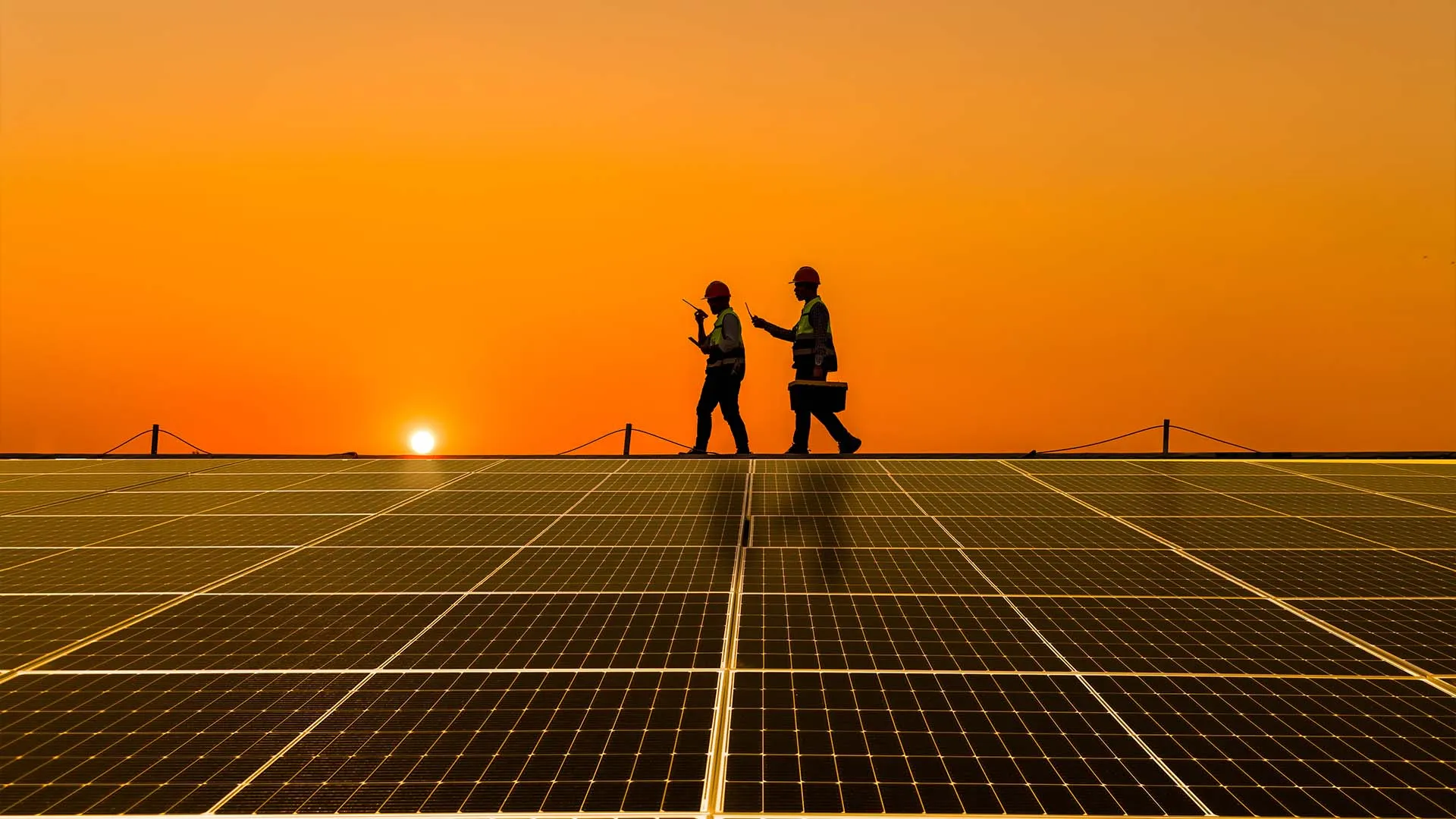We all want our children to be protected and safe from harm at all times. We take whatever precautions are necessary to ensure that safety by childproofing our houses and trying to anticipate dangers.
And when it comes to vehicle safety, we don’t have a lot of control and we need to be extra cautious.
[Tweet “Motor vehicle crashes are the leading cause of unintentional injury-related death for children”]
Therefore, selecting the appropriate restraint, properly harnessing the child, and the correct installation of the baby car seat in the vehicle are vital to protecting a child during a crash.
What works well for a tiny infant becomes inappropriate as the child grows. So it’s very important for parents to do their homework and know the facts before their baby graduates from an infant seat to the next size.
Where to Start
“One of the most important things that parents often neglect is to fully read and understand the instructions for both the child safety seat and the vehicle,” says Joe Colella, Child Passenger Safety Training Manager for the National SAFE KIDS Campaign.
“There are a lot of adjustments that have to be made for securing your child, and there are also adjustments that have to be made for installing the car seat. The best source of information is to read the directions.”
Colella got involved with child passenger safety issues seven years ago. “It really goes back to a family tragedy in 1994 when my sister was in a crash and lost one of her children — her 3-year-old daughter — as a result of a child safety seat and a car that were incompatible,” he says.
 Another common mistake is turning the child forward-facing too early.
Another common mistake is turning the child forward-facing too early.
“The experts in the field, including the American Academy of Pediatrics, crash reconstructionists and safety advocates, feel that children should ride facing the rear as long as possible, because it’s much safer,” says Colella.
“Children in Sweden, for example, ride facing the rear until they’re 3 and 4 years old, and they have a very low injury and fatality rate as a result. Basically, the longer a child can ride rear-facing, the better protected his or her spinal cord is in the event of a collision,” says Colella.
In the United States, the majority of convertible child safety seats can remain rear-facing until the child is 30 or 35 pounds. They can then be turned around and used as a forward-facing seat until the child is 40 pounds.
“The problem is a little gray area: parents can turn their children around at 22 pounds — most of the child safety seats allow that — but it’s really better to keep the child rear-facing up to the rear-facing limits of the seat,” says Colella.
Colella noted that the American Academy of Pediatrics recommends that children remain rear-facing as long as their child safety seat will allow them to, but the child should be a minimum of 12 months old and 20 pounds before they are placed forward-facing.
Installing the Carseat
Another area where parents need to be very cautious is in installing the seat in the vehicle.
“A correctly installed car seat for toddlers does not move more than about an inch from side to side and does not move more than an inch forward when you pull on it,” says Colella. “So if it moves more than that, there may be a problem with your installation or there may be a problem with compatibility, and the instructions should be consulted.”
 Michelle Ice, a former Georgia firefighter, notes that when she moved her 10-month-old daughter, Brooke, from an infant carrier to a rear-facing convertible seat with a 5-point harness, she thought it was installed correctly.
Michelle Ice, a former Georgia firefighter, notes that when she moved her 10-month-old daughter, Brooke, from an infant carrier to a rear-facing convertible seat with a 5-point harness, she thought it was installed correctly.
But she had just begun volunteering with the SAFE KIDS Coalition, so she had the seat checked by a technician.
“I thought I put in it right, but it was way wrong! It took them 45 minutes to have the seat installed properly,” says Ice. “The recline angle wasn’t right, and it could move more than an inch.”
Three weeks later, Ice was driving to her sister’s house in a two-door Chevrolet Cavalier Z-24 with Brooke riding in the now properly installed seat.
“Someone ran a stop sign and hit me in the driver’s door, causing a nine-inch intrusion,” she says. “I was knocked unconscious immediately. I wasn’t breathing, and I had nine fractures to my pelvis and broke my left hip. My daughter wasn’t hurt at all. All the glass had been broken and all the air bags deployed, but none of the glass had come into her car seat at all. The technicians call that a ‘cocoon effect.’”
Although Ice doesn’t fight fires anymore, she does run a command unit at her local station.
The station happens to be near a Babies ‘R Us, and the store sends parents to Ice for proper installation and inspection of child safety seats.
“We’re the only thing that can protect those children – their parents – and we need to make sure we do it properly,” says Ice. “They can’t defend themselves until they get older, and we need to make a difference, and we can. It’s easy — people just don’t know.”
